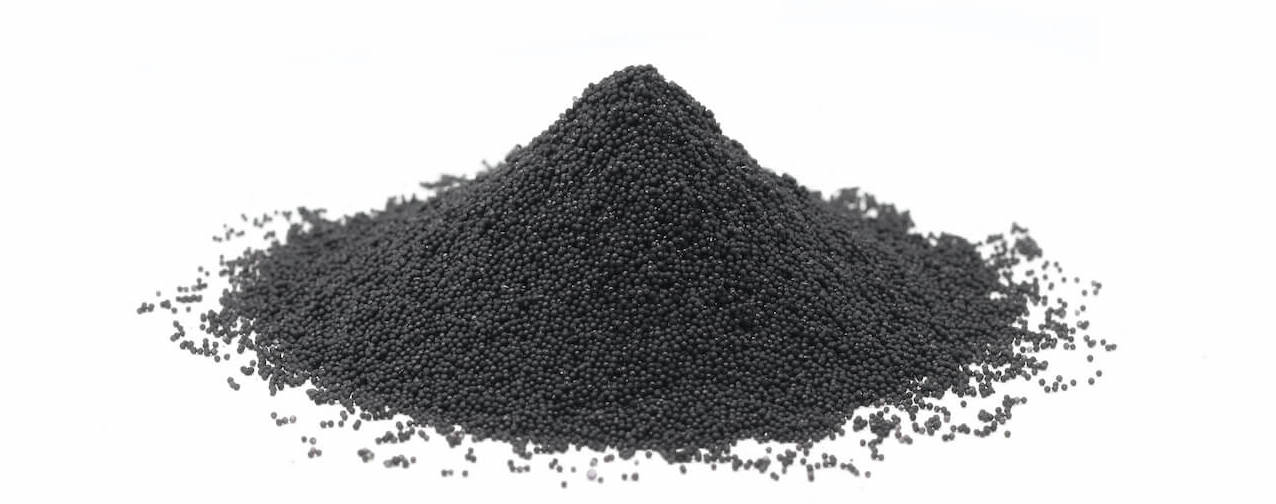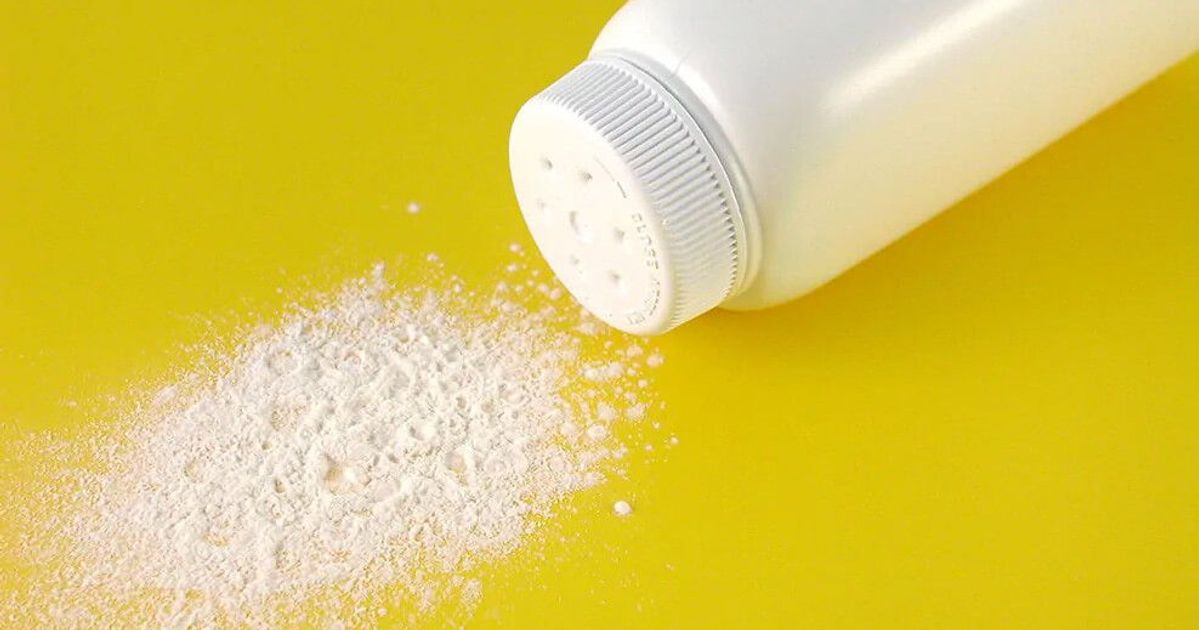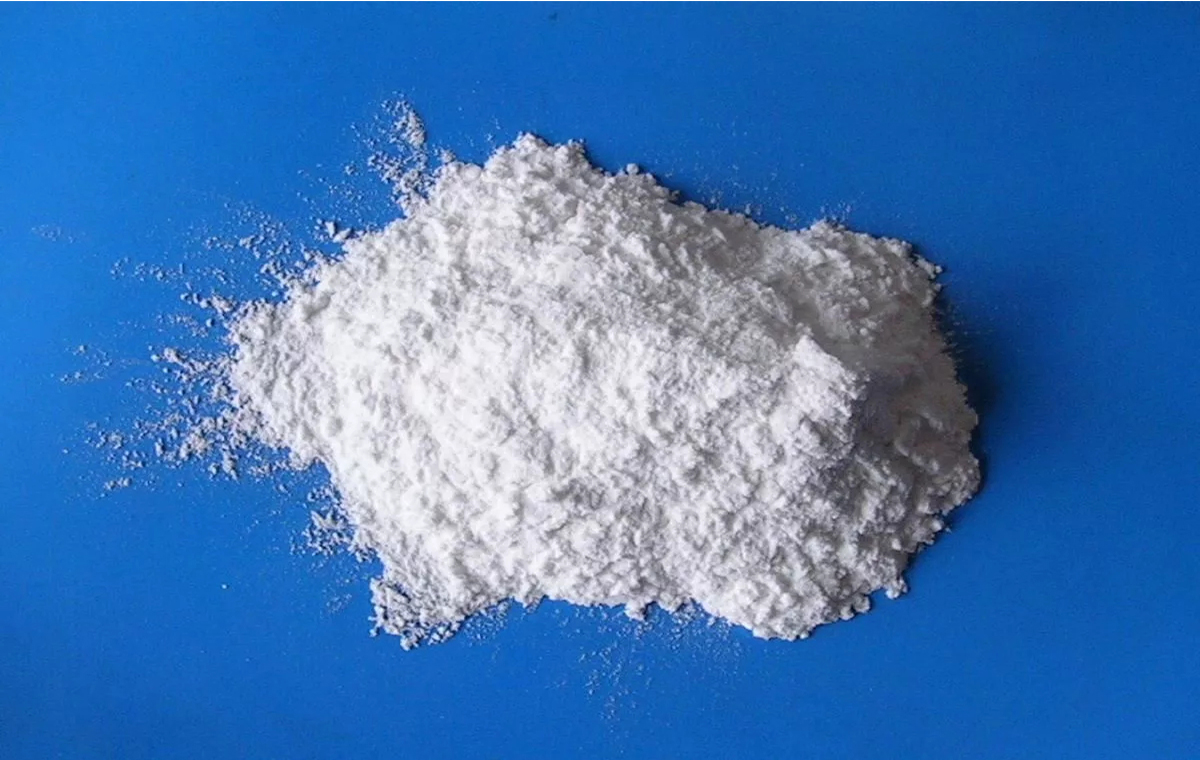High thermal conductivity fiber: opening a new era of thermal management

In today's era of rapid technological development, thermal management issues have become one of the key challenges faced by many fields. From the heat dissipation needs of electronic equipment to the temperature regulation of functional clothing, from thermal protection in aerospace to thermal conduction optimization in the field of new energy, high thermal conductivity fibers have gradually become the focus of research and industry with their unique performance and broad application prospects.
With the rapid development of aerospace, electronic chips, artificial intelligence and other fields, the application needs of high-power heat dissipation and heat dissipation have put forward higher and higher requirements for high thermal conductivity materials. High thermal conductivity fibers, such as mesophase pitch-based carbon fibers, boron nitride fibers, carbon nanotube fibers, graphene fibers, etc., not only show excellent high thermal conductivity, but also have high mechanical strength, directional thermal conductivity, and weavability. They are ideal materials for structural and functional integration of high-power heat dissipation applications.
1. Excellent thermal conductivity: The most notable feature of high thermal conductivity fiber is its excellent thermal conductivity. Compared with traditional fibers, high thermal conductivity fibers can transfer heat more quickly, effectively reduce local temperature, and improve heat conduction efficiency. This feature gives high thermal conductivity fibers unique advantages in heat dissipation and heat conduction.
2. Good mechanical properties: In addition to thermal conductivity, high thermal conductivity fibers usually have good mechanical properties, such as high strength, high toughness, and wear resistance.
3. Lightweight and flexible: High thermal conductivity fibers usually have a lighter weight and good flexibility, and can be woven, woven or composited according to different needs to make materials of various shapes and structures.
4. Chemical stability: High thermal conductivity fibers generally have good chemical stability and can maintain their stable performance under different chemical environments. This allows high thermal conductivity fibers to be used in various harsh working conditions, such as high temperature, high pressure, corrosive environment, etc.
Application areas of high thermal conductivity fibers
1. Heat dissipation of electronic equipment: As the performance of electronic equipment continues to improve, its heat dissipation problem has become increasingly prominent. High thermal conductivity fibers can be used as heat dissipation materials and applied to radiators, heat sinks and other components of electronic equipment to effectively improve the heat dissipation efficiency of electronic equipment, reduce operating temperatures, and extend the service life of equipment.
2. Functional clothing: High thermal conductivity fibers can be used in functional clothing, such as sportswear, outdoor clothing, etc., to achieve the regulation of human body temperature. In a cold environment, high thermal conductivity fibers can quickly transfer the heat generated by the human body, keep the temperature inside the clothing in a relatively stable state, reduce the accumulation of heat inside the clothing, thereby avoiding sweating due to overheating, and then preventing sweat from making the human body feel cold in a low temperature environment; in a hot environment, high thermal conductivity fibers can quickly transfer external heat to the surface of the human body, dissipate heat through sweat evaporation, and keep the body cool.
3. Aerospace: In the field of aerospace, high thermal conductivity fibers can be used as thermal protection materials in the outer shell, engine and other parts of aircraft, effectively reducing the heat generated by aircraft during high-speed flight and improving the safety and reliability of aircraft. In addition, high thermal conductivity fibers can also be used in electronic equipment heat dissipation, satellite thermal control and other aspects in the field of aerospace.
4. New energy field: In the field of new energy, high thermal conductivity fibers can be used as battery separators, electrode materials, etc. to improve the charging and discharging efficiency and safety of batteries. In addition, high thermal conductivity fibers can also be used in the thermal management of new energy equipment such as solar cells and fuel cells to improve the performance and stability of equipment.
Application fields of conductive carbon black

Conductive carbon black is a typical special carbon black with a conductivity generally in the range of 10-1~10-2S/cm. Conductive carbon black has the advantages of high electrical conductivity and thermal conductivity, low production cost, oxidation stability and low density, and has obvious advantages over metal powder or fiber fillers.
Battery field
Lithium-ion battery:
LiFePO4, LiNiO2, LiCoO2 and other positive electrode active materials are semiconductors or insulators with conductivity of only 10-9~10-3S/cm. Conductive additives need to be added to enhance their conductivity.
During the charge and discharge process, the negative electrode material will repeatedly expand and shrink due to Li+ insertion/extraction, which destroys the insertion channel of Li+ and reduces the discharge capacity.
Other batteries:
Nickel-hydrogen battery: Applied to the negative electrode, as an electron carrier and conductive additive, it helps the negative electrode material to better carry out electrochemical reactions, reduce electrode polarization, improve the battery's charge and discharge performance and cycle life, and reduce side reactions such as gas generation.
Nickel-cadmium battery: Acts on the negative electrode to improve the conductivity of the negative electrode material, reduce the internal resistance of the battery, improve the large current discharge capacity and charge and discharge efficiency, and reduce energy loss and heat generation.
Rubber and plastic products field
Antistatic products:
Manufacturing antistatic rubber products, such as antistatic rubber sheets, antistatic conveyor belts, rubber soles, medical rubber products, etc., can effectively prevent the generation and accumulation of static electricity and avoid the harm of static electricity to equipment and personnel.
Production of conductive plastic products, such as conductive films, conductive fibers, conductive leather products, etc., has important applications in electronic packaging, electromagnetic shielding and other fields.
Ordinary rubber and plastic products: It can improve the conductivity of rubber and plastic, make them have certain antistatic properties, reduce the impact of static electricity on products, and improve the mechanical properties and processing properties of materials.
Cable material field
Power cable shielding material
Anti-electromagnetic interference: In power cables, conductive carbon black can be added to the shielding layer of the cable to effectively shield external electromagnetic interference and ensure that the power signal transmitted by the cable is stable and accurate.
Homogenized electric field distribution: During the operation of the cable, the uneven distribution of the internal electric field may cause problems such as partial discharge, affecting the service life and safety of the cable.
Semi-conductive cable materials
Semi-conductive shielding layer: Semi-conductive shielding layer used for medium and low voltage cables. Conductive carbon black can be mixed with base materials such as rubber or plastic to form a semi-conductive composite material.
Improving processing performance: The addition of conductive carbon black can improve the processing performance of cable materials, making them easier to extrude and shape, and improving production efficiency and product quality.
Electronic printing and coating industry
Conductive ink and conductive coating:
Adding conductive carbon black can make inks and coatings conductive, and they are used in printed circuit boards (PCBs), electronic displays, electromagnetic shielding coatings and other fields.
Electronic printing:
Conductive carbon black can be used to make anti-static clothing, smart textiles, etc. In some working environments that require anti-static, wearing anti-static clothing can avoid static electricity damage to electronic equipment and harm to the human body.
Other fields
Fuel cells: In polymer electrolyte fuel cells, conductive carbon black can be used in the fuel electrode and air electrode as an electron carrier and catalyst carrier to promote the electrochemical reaction between fuel (such as hydrogen) and oxidant (such as oxygen), and improve the power generation efficiency and performance of fuel cells.
Supercapacitors: Conductive carbon black can improve the conductivity and capacitance of supercapacitor electrodes, enabling them to quickly store and release charges, with higher energy density and power density.
Aerospace and military fields: Used to manufacture antistatic and electromagnetic shielding materials, such as aircraft shell coatings, missile shell materials, etc., to reduce the impact of static electricity on equipment and improve the stealth performance of equipment.
6 crystal forms of calcium carbonate
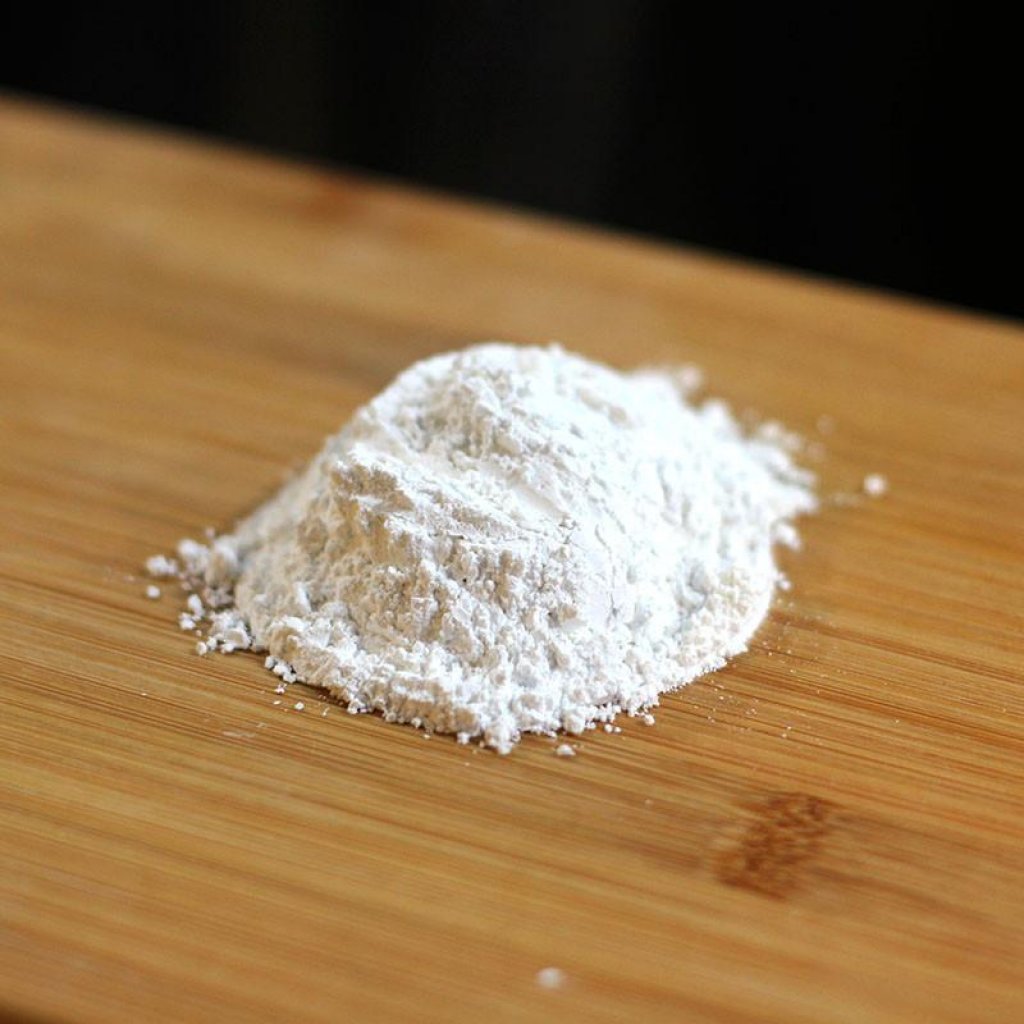
Calcium carbonate can be divided into cubic, spindle, chain, spherical, flake, needle, etc. according to the crystal form. Different forms of calcium carbonate have different application fields and functions.
Therefore, in order to meet the needs of various industries for different crystalline calcium carbonate products, it is necessary to use crystal form control methods to control the crystallization process of calcium carbonate to produce products with different crystal forms.
1. Cubic calcium carbonate
The so-called cubic refers to calcium carbonate whose crystals are shown as cubes under transmission electron microscope.
Industrial production shows that in the process of producing sodium calcium carbonate using low-temperature technology, without adding any crystal form control agent, controlling the carbonization temperature can obtain a cubic calcium carbonate product. The crystal structure of precipitated calcium carbonate depends largely on the temperature at which it is formed. As long as the temperature at which the crystal nucleus is formed is lower than 30°C, it can be carbonized into cubic calcium carbonate.
2. Rose-shaped and spindle-shaped calcium carbonate
Rose-shaped and spindle-shaped calcium carbonate are generally used in papermaking, rubber, plastic, coating and other industries, especially in high-grade cigarette paper, which can improve the combustion performance and air permeability of cigarette paper.
The main method of producing spindle-shaped calcium carbonate in my country is: at room temperature, the concentration of lime milk is controlled at about 35% (weight ratio), and 30-40% (volume ratio) of CO2 mixed gas is introduced into the reactor for carbonization. The carbonization process is carried out at room temperature. Due to the exothermic reaction, the temperature of the reactor rises from room temperature to about 75°C. The morphology of the product is mainly spindle-shaped, and the particle size is generally a few microns.
3. Chain calcium carbonate
Chain-shaped ultrafine calcium carbonate is composed of several to dozens of fine calcium carbonate grains connected to each other, and has a chain structure. With different synthesis conditions, there will be different particle sizes and aspect ratios.
Chain-shaped ultrafine calcium carbonate has excellent reinforcing effect on natural rubber and synthetic rubber. As reinforcing filler, it can partially replace carbon black or white carbon black, greatly reducing production costs. In addition, chain-like ultrafine calcium carbonate is used as an additive in the coating, papermaking, and plastic industries, showing excellent performance and having broad application prospects.
There are many reports on the synthesis of chain-like calcium carbonate, but the general method is to add a crystal shape controller to control the growth of the crystal nucleus when the Ca (OH) 2 suspension becomes a viscous colloidal emulsion halfway during the carbonization process. The main crystal shape controllers are magnesium salts, potassium salts, sodium polyphosphates, water-soluble metal salts and chelating agents.
4. Spherical calcium carbonate
Due to its good smoothness, fluidity, dispersibility and wear resistance, spherical nano calcium carbonate is widely used in rubber, coating paint, ink, medicine, toothpaste and cosmetics.
Spherical calcium carbonate is usually prepared by low-temperature reaction of calcium salt and carbonate in a concentrated alkaline solution. The main crystal shape controllers are magnesium salts, potassium salts and sodium polyphosphate.
5. Flake calcium carbonate
Flake calcium carbonate is suitable for the papermaking industry and can produce paper with excellent ink absorption, whiteness, printability and smoothness. As a filler and reinforcing agent, flake calcium carbonate has high smoothness, gloss, resistivity and elastic coefficient in the mixture due to its unconventional arrangement.
When flake nano calcium carbonate is used for coated paper pigment, it shows good fluidity and dispersibility, and has better gloss and smoothness than ordinary spindle PCC light calcium carbonate.
6. Needle calcium carbonate
Needle calcium carbonate has a large aspect ratio. It can greatly improve the impact resistance and bending strength of plastics when used as a filler for plastics; the reinforcement effect is more significant when used in rubber.
Application and phase transition of different crystalline alumina
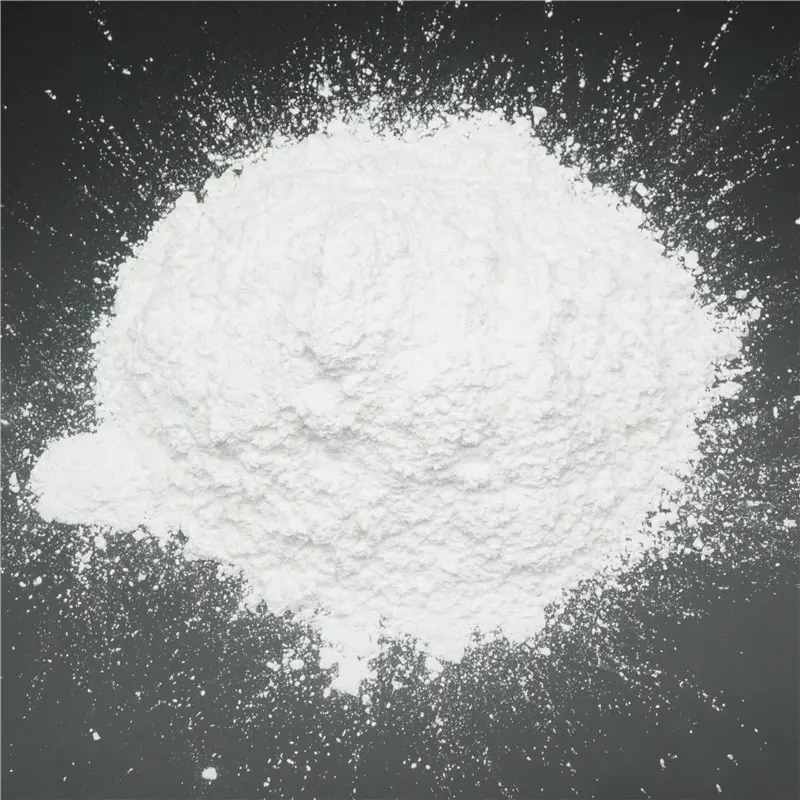
In the fields of mining, ceramics and materials science, aluminum oxide (chemical formula Al2O3), also known as bauxite, is an ionic compound with strong chemical bonds. It has excellent characteristics such as high hardness, high mechanical strength, chemical corrosion resistance, good wear resistance and good thermal conductivity. It is an important chemical raw material in industry.
There are two main ways of arranging the crystal structure of aluminum oxide: one is that the oxygen atoms are arranged in hexagonal stacking, and the other is that the oxygen atoms are arranged in cubic stacking.
(1) Properties and applications of α-Al2O3
α-Al2O3 is commonly known as corundum. α-Al2O3 is a white crystal and is the most common and stable type of alumina crystal. It belongs to the trigonal close-packed structure. In the α-Al2O3 crystal structure, oxygen ions are arranged in a hexagonal close-packed pattern, repeating in two layers of ABABAB... to form several octahedral shapes, while aluminum ions fill in the gaps between each octahedron.
Currently, α-Al2O3 is widely used in abrasive materials, refractory materials, integrated circuit substrates, and structural functional ceramics.
(2) Properties and applications of β-Al2O3
β-Al2O3 is actually an aluminate, which is a composite compound composed of metal oxides and aluminum oxide. Metal ions such as Na+ can diffuse rapidly in this plane layer, so β-Al2O3 crystals can conduct electricity and are an important type of solid electrolyte. Therefore, β-Al2O3 can be used to prepare solid electrolyte diaphragm materials in sodium-sulfur batteries, and can also play an important role in ion conduction and isolating the positive and negative electrodes of the battery.
(3) Properties and applications of γ-Al2O3
γ-Al2O3 is the most commonly used transition state aluminum oxide. It does not exist in nature. In its structure, oxygen ions can be approximated as cubic and closely packed, while aluminum ions are irregularly distributed in the octahedral and tetrahedral voids formed by oxygen ions, belonging to the spinel structure. The preparation process of γ-Al2O3 is relatively simple, and its formation temperature is relatively low, generally in the range of 500~700℃. γ-Al2O3 is insoluble in water but can usually be dissolved in acid or alkali.
Phase transformation of different crystalline alumina
Among different crystalline forms, only α-Al2O3 is a stable crystalline phase, and all other phases are transition phases, which are in a thermodynamically unstable state. As the temperature rises, unstable transitional alumina can be transformed into a stable phase, which is an irreversible transformation of lattice reconstruction.
To obtain stable α-Al2O3, perfect process control is required from the initial ore screening, powder synthesis to sintering. The preparation of high-temperature alumina at home and abroad usually uses industrial aluminum hydroxide or industrial alumina as raw materials, forms a transition phase through dehydration, and then undergoes multiple phase transformations at high temperature, and finally transforms into α-phase Al2O3.
Gibbsite (Al(OH)3) and boehmite (AlOOH) are the most commonly used precursors for the preparation of α-Al2O3. In the initial heat treatment process, aluminum hydroxide transforms into transitional alumina in the form of a metastable structure, and finally ends with the thermodynamically stable phase of α-Al2O3.
In industry, different calcination methods are usually used to transform the metastable phase γ-Al2O3 into the α-stable phase to prepare α-Al2O3 with different morphologies. α-Al2O3 with different morphologies can be produced by controlling different calcination temperatures, adding different types of additives, grinding methods, etc. Usually, α-Al2O3 crystals in various forms such as worm-like, flake-like, columnar, spherical, spherical, and fibrous are included.
With the rapid development of the ceramic industry, pharmaceutical industry, electronic industry and machinery industry, the market demand for alumina still has a lot of room for development, so the research on alumina is of profound significance. Understanding and mastering the crystal structure and properties of alumina is an important prerequisite for the preparation of alumina powder. Different crystalline forms of alumina have different application areas. α-Al2O3 is the most stable of all alumina forms. In production, different types of α-Al2O3 crystals are generally prepared by controlling the growth environment of α-Al2O3 crystals to meet the needs of ceramics, refractory materials and other new functional materials for different crystal microstructures of α-Al2O3.
The main application areas of graphene
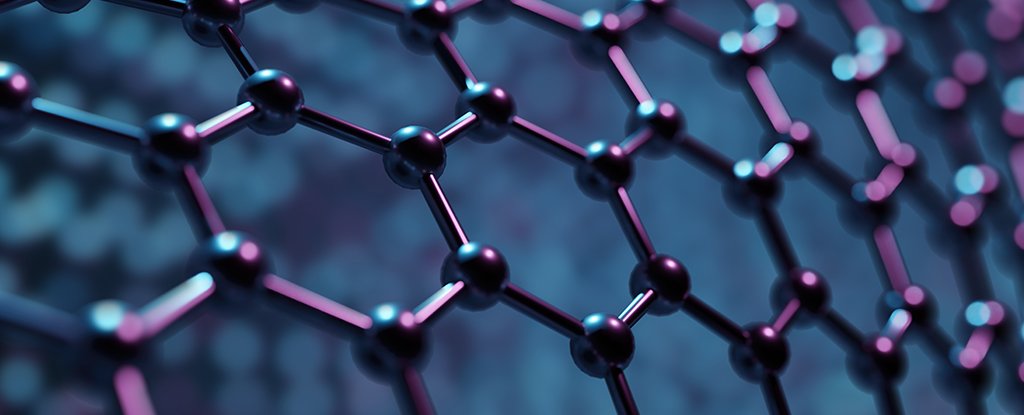
(1) Application in the field of electrochemistry
Graphene is a carbon material with a layered grid structure. It has excellent electrical conductivity, chemical stability and thermal stability. It can be used in supercapacitors, lithium-ion batteries, sodium-ion batteries, lead-acid batteries, lithium-sulfur batteries, metal-air batteries, etc.
In the future, how to use cheap raw materials and simple processes to achieve high-quality product production and give full play to the unique structural advantages of graphene for different electrochemical energy storage devices will be a research hotspot.
(2) Application in the field of photocatalytic materials
Graphene has excellent electrical conductivity, electron transport properties, high specific surface area and other properties.
(3) Application in the field of corrosion-resistant coatings
Graphene coatings not only have the cathodic protection of epoxy zinc-rich coatings and the shielding properties of glass flake coatings, but also have excellent adhesion, waterproofness and toughness.
(4) Application in the biomedical field
Because the surface of GO contains a large number of oxygen-containing functional groups (-OH, -COOH, etc.), it can make it have good hydrophilicity, and the two-dimensional GO has good biocompatibility, so it has potential application prospects in biomedical fields such as drug loading and gene delivery.
(5) Application in the field of sensors
Graphene has excellent physical and chemical properties such as high specific surface area, high conductivity and biocompatibility, which is conducive to improving the adsorption capacity of sensitive molecules and increasing the rate of biochemical reactions. These excellent properties make it an ideal candidate material for preparing sensors.
(6) Application in the field of integrated circuits
Graphene has good thermal conductivity and thermal stability, and can be introduced into silicon-based circuits to achieve the purpose of improving rapid heat dissipation.
(7) Application in the field of solar cells
Graphene, as a unique two-dimensional gapless semiconductor, has properties such as high charge carrier mobility and high specific surface area. The prepared film also has high optical transparency, conductivity and flexibility. Therefore, graphene has a wide range of applications in the electron transport layer, hole transport layer, buffer layer, counter electrode, etc. in solar cells.
(8) Application in the field of nanocomposites
Graphene can be combined with other materials of different properties to form composite materials due to its loose porous structure, high conductivity and high material strength. With excellent properties such as high strength, high elastic modulus, high specific surface area and stability, the mechanical properties of materials can be effectively improved or enhanced.
(9) Application in the field of electromagnetic microwave absorption
Graphene not only has a unique physical and chemical structure and excellent mechanical and electromagnetic properties, but also has good microwave absorption properties. In addition, it can be combined with magnetic nanoparticles to prepare a new type of absorbing material. This material has both magnetic loss and electrical loss and has potential application prospects in the fields of electromagnetic shielding and microwave absorption.
(10) Application in other fields
The oxygen-containing functional groups on GO can be adsorbed with the active sites of cotton fabrics. Loading GO on cotton fabrics can effectively improve the antibacterial and UV protection properties of the fabrics.
Graphene is considered to be an ideal hydrogen storage material because of its excellent performance, large specific surface area and ultra-high mechanical strength.
Do you know the 4 degrees of talcum powder?
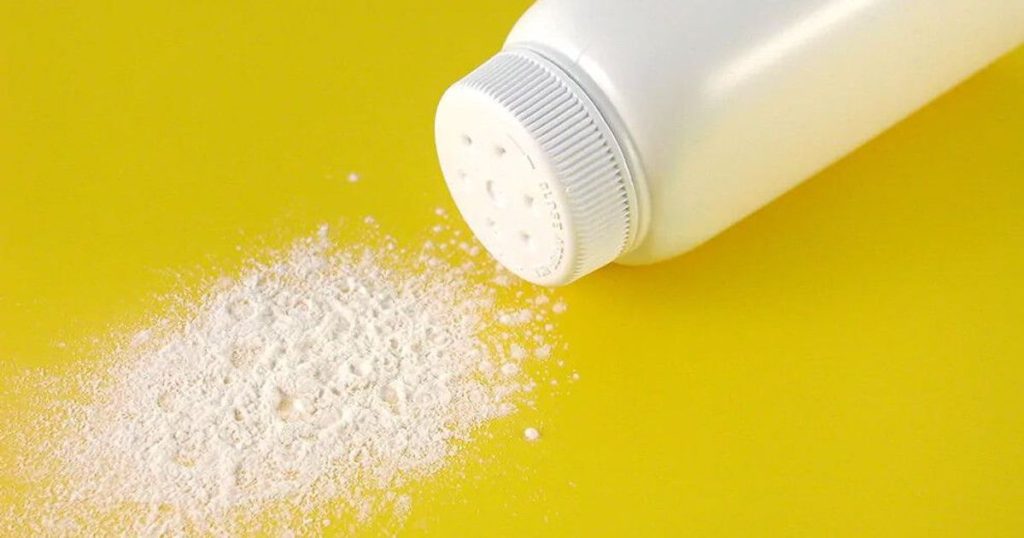
As a plastic filler, talcum powder can not only save the use of resin, but also significantly improve the physical properties of the product and play a reinforcing role. Talc powder with sufficient fineness can significantly improve the stiffness, impact strength, creep resistance, hardness, surface scratch resistance, heat resistance and heat deformation temperature of the product.
When choosing talc, at least the "four degrees" of talc itself should be considered, namely: purity, whiteness, flakeness and fineness. Generally speaking, in order to evaluate the quality of talc products, at least the above four factors should be considered.
Purity
Purity refers to the talc content of the product. Talc contains impurities in nature and industrial production, and it is impossible for 100% pure talc products to exist in industry. Undoubtedly, the higher the purity of talc powder, the better the reinforcing effect. Some impurities in talc powder not only reduce the purity of talc powder, but also have a significant impact on the performance of the final product.
Whiteness
There are two types of whiteness in the talc industry: narrow whiteness and broad whiteness. Narrow whiteness is a general definition of whiteness, which can be expressed by blue light whiteness R457, Y, L*, Ganz whiteness and Hunter whiteness. Broad whiteness includes dry whiteness, wet whiteness and hue. The so-called wet whiteness is the whiteness measured after adding an appropriate amount of DMP (dimethyl phthalate) to talc powder.
For the same raw materials, the finer the particle size, the higher the whiteness. The higher the moisture content, the lower the whiteness. Although whiteness has no effect on the physical properties of the product, it is very important to maintain the purity of the color for light-colored products.
Flakes
The significant reinforcing effect of talcum powder on plastic products mainly comes from its unique micro-flaky structure. The more complete the flaky structure of talcum powder, the more obvious its reinforcing effect. The two main factors affecting the flake of the product are: the purity of talcum powder and the processing technology of powder.
Impurities in talcum powder do not have a flaky structure. The purer the talcum powder, the fewer impurities and the better the flaky structure. In the process of micronizing the product, the flaky structure of the product is maintained differently when different methods are used. Improper methods and operating conditions may even destroy its flaky structure.
Fineness
Micronization is the development trend of talcum products. The finer the product, the better the reinforcing effect. At the same time, the surface energy of the particles increases, it is easy to agglomerate, difficult to disperse, and expensive. Therefore, we need to choose products with appropriate fineness according to our own technical level and actual needs, not the finer the better.
The evaluation of the particle size of a talc product cannot be based on the average fineness alone. There are at least two indicators to evaluate the quality of a product: D50 and D100 (or D98).
As products become finer and finer, people have higher requirements for the microscopic shape and particle size distribution of fine talc after crushing. The main indicator for evaluating particle size distribution has shifted from D50 to D97, D98 and now D100. At the same time, the reproducibility of particle size distribution is more stringent. When evaluating a product, its average particle size must not only meet the requirements, but more importantly, the particle size distribution should be as narrow as possible, with as few large particles as possible.
The product should strive to achieve the same particle size distribution for each batch, which is very difficult in production practice. In high-end talc products, controlling particle size distribution, especially the number of coarse particles, is a very critical technology, which requires both high-efficiency, high-precision, and reliable grading equipment and rich operating experience and equipment maintenance capabilities. There are only 6-7 companies in China that have mastered relatively mature particle size control technology.
Particle size distribution can be measured by a particle size distribution instrument, including laser method and sedimentation method. However, in production practice, screening method is mostly used to detect the amount of coarse particles.
It is worth noting that talcum powder has a large specific surface area and a small volume density due to its own flaky structure. The volume density of 325 mesh talcum powder is 0.8-0.9g/cm3, while 1250 mesh talcum powder has dropped to 0.25-0.3g/cm3, and 4000 mesh is only about 0.12g/cm3. This causes serious dust pollution during use, difficulty in mixing, increased costs, and reduced yields. In addition, the freight cost of long-distance supply is quite high.
The Importance of Silicon Nitride (SiNx) in Chips
![]()
In chip manufacturing, there is a material that plays a vital role, that is silicon nitride (SiNx). Although it may not receive the same attention as other more well-known semiconductor materials such as silicon (Si), gallium arsenide (GaAs) or gallium nitride (GaN), its importance is unquestionable. It can be said that most chips will use this material.
In the semiconductor industry, silicon nitride used in various applications is often non-uniform, generally represented by SiNx. SiNx is an amorphous material whose properties depend on the ratio of nitrogen to silicon, that is, the value of x. When the value of x changes, the physical and chemical properties of silicon nitride will also change. Silicon nitride does come in many forms, including Si3N4, Si2N2, SiN, etc.
Si3N4 is a crystalline material, which means that the ratio of silicon to nitrogen is fixed. When the value of x is equal to 4/3, SiNx is equal to Si3N4. However, in practical applications, SiNx is often non-fixed, and its ratio of silicon to nitrogen can be adjusted by changing the parameters of the PVD or CVD process.
Silicon nitride has excellent insulation properties, with a resistivity of up to 10^14 Ω·cm, far exceeding some common insulating materials such as silicon oxide (SiO2). Its low dielectric constant makes it an ideal isolation layer in microwave and radio frequency applications. The silicon nitride layer also acts as a barrier to impurity diffusion in the chip. It can prevent dopants such as boron and phosphorus from changing device characteristics through diffusion. In addition, it can also prevent the diffusion of metal ions to prevent faults such as short circuits.
Silicon nitride has excellent thermal stability, which is determined by its special chemical properties and crystal structure. It can remain stable in high temperature environments without chemical decomposition or physical changes like other materials. That's because in the crystal structure of silicon nitride, each silicon atom is combined with four nitrogen atoms in the form of a tetrahedron, and each nitrogen atom is also combined with four silicon atoms in the form of a tetrahedron. This structure makes the crystal lattice of silicon nitride extremely stable and not easy to deform. Therefore, it is used as a gate insulating layer when manufacturing high electron mobility transistors (HEMTs).
What are the advantages of SiNx over SiO2?
Better thermal stability, harder hardness, and more difficult to etch.
The Difference and Application of Calcite and Dolomite
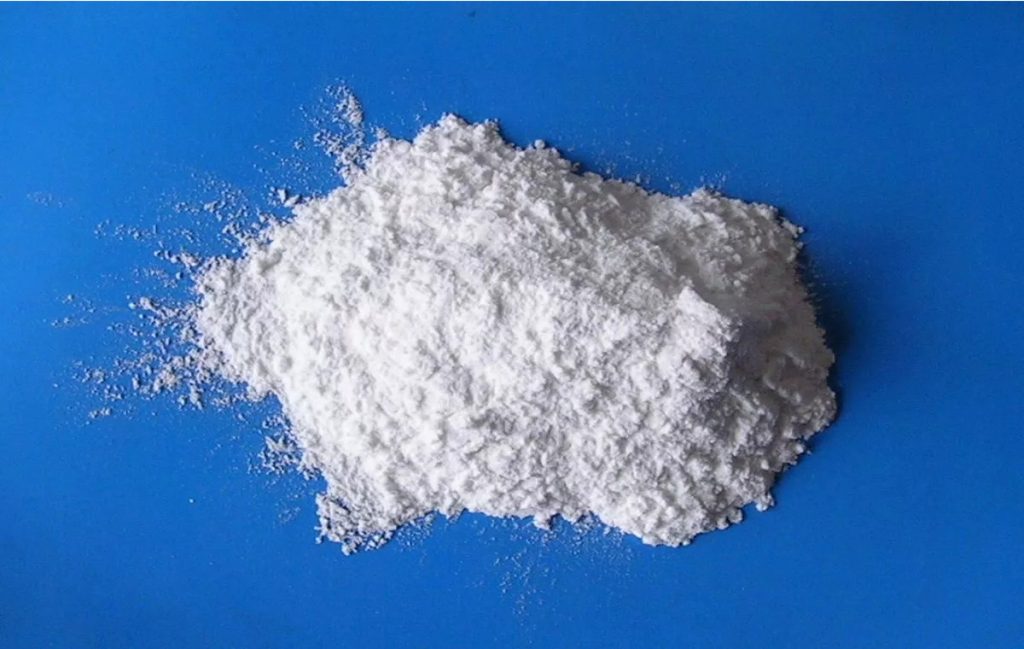
Calcite and dolomite are both carbonate rocks with similar crystal structures. They are common minerals in strata and are abundant in nature. Both can be ground and widely used in many fields, but their composition and uses are very different.
The main components of calcite and dolomite are calcium carbonate, but calcite, a sedimentary rock, is relatively solid, with poor porosity and low permeability, and underground fluids often cannot penetrate well into it. Although dolomite also contains a large amount of calcium carbonate, it also contains a considerable amount of magnesium carbonate. Dolomite has more cracks than calcium carbonate strata, so it has good permeability.
Both calcite and dolomite can be ground and used. Calcite can be ground into powder to obtain heavy calcium carbonate, which is a commonly used powdered inorganic filler. It has the characteristics of high chemical purity, high inertness, not easy to react chemically, and good thermal stability. Therefore, it can be used in rubber, plastic, papermaking, construction (dry mortar, concrete), artificial marble, feed, putty powder coating and other industries. Adding a large amount of calcite powder to rubber can make the rubber's tensile strength, tear strength and wear resistance better; adding calcite powder to plastic products can play a certain skeleton role, which can not only enhance the stability of the product, but also improve the hardness of the product, the smoothness of the surface, etc.
Dolomite has many uses after being ground into fine powder, among which the most widely used is in the field of coatings. 325 mesh dolomite powder is the main raw material of white powder, and can also produce putty powder and dry mortar. Grinding to more than 800 mesh, the whiteness reaches 95, and after surface treatment, it can be used as a filler for latex paint. Modified dolomite powder is also a filler in the rubber and paper industry, which can improve product performance and reduce costs. Ceramic blanks are also mixed with dolomite powder, which can reduce the firing temperature of the blank and increase the transparency of the blank. In addition, dolomite powder is also an ideal sewage purifier and adsorbent, and can also be used to make snow melting agents.
ALPA ball mill + extension production line integrates grinding and conveying, and can be used to prepare calcite and dolomite ultrafine powder
【Application fields】: building materials, chemicals, metallurgy, coatings, papermaking, rubber, medicine, food and other fields.
【Applicable materials】: bauxite, kaolin, barite, fluorite, talc, slag, lime powder, wollastonite, gypsum, limestone, phosphate rock, calcite, marble, dolomite, potassium feldspar, quartz sand, bentonite, manganese ore and other materials.
Application of Alumina Ceramics
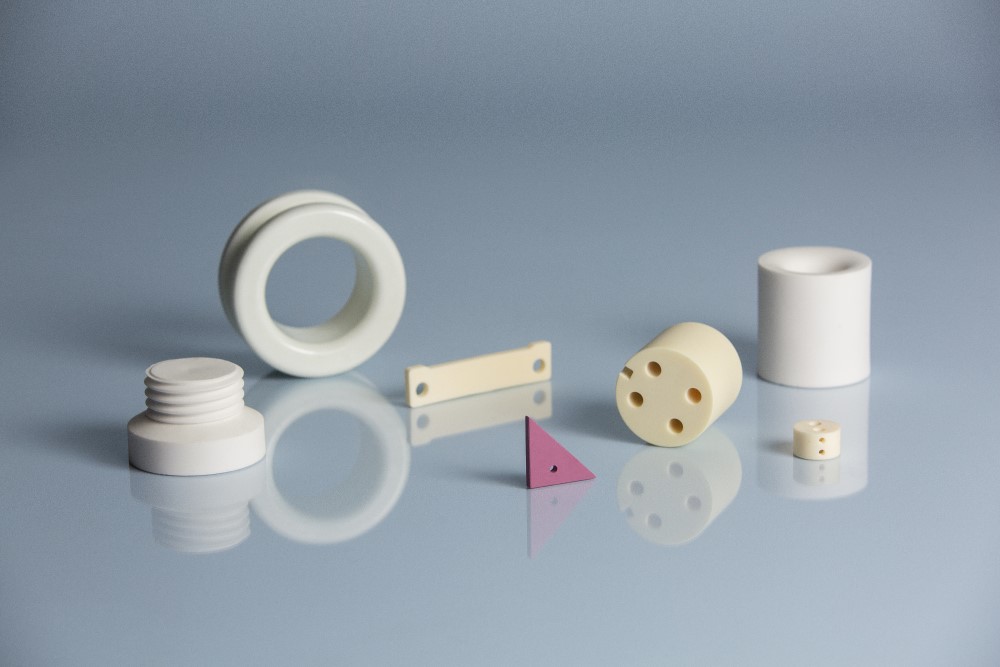
Ceramics are used as biomaterials to fill defects in teeth and bones, fix bone transplants, fractures or prostheses to bones, and replace diseased tissues. They are called bioceramics. They are widely used in the medical field because of their excellent characteristics such as high strength, wear resistance, higher compression and bending strength, and high biocompatibility.
The concept of alumina ceramics covers a wide range. In addition to pure alumina ceramics, any ceramic material with an alumina content of more than 45% can be called alumina ceramics. Alumina ceramics have many isomorphous and heteromorphic crystals, but the most commonly used are only α-Al2O3 and γ-Al2O3. Due to their different crystal structures, they have different properties. Among them, α-Al2O3, also known as corundum, is the main crystal phase of alumina ceramics, with high mechanical strength, high temperature resistance, and corrosion resistance.
Application of Alumina Ceramics in Artificial Joints
High-purity alumina ceramics have a very low friction coefficient, high hardness, and good wettability, making them very suitable for use as joint friction surfaces. Only high-purity alumina can be used in the medical field, and impurities that can form glass grain boundary phases (such as silica, metal silicates, and alkali metal oxides) must be less than 0.1wt%, because the degradation of such impurities will lead to stress concentration sites where cracks will appear. Studies have found that by selecting appropriate sintering parameters (temperature, time, heating/cooling rates) and doping additives (such as magnesium oxide, zirconium oxide, and chromium oxide), the grain size and porosity of alumina can be controlled, and the toughness and fracture strength of alumina can be effectively improved.
Composite materials formed by zirconium oxide and alumina are called zirconium oxide toughened alumina (ZTA) or alumina toughened zirconia (ATZ), which also play an important role in artificial joint materials. These two composite materials depend on the content of the main components. These composite materials combine the toughening ability of zirconium oxide with the low sensitivity of alumina to degradation in low-temperature biological fluids. According to the design requirements of the material, ATZ can be used when high fracture toughness is required, while ZTA can be used when hardness is required. There is no sufficient clinical data to show that ZTA joint bearing surfaces have greater advantages in wear resistance. Studies have shown that the application of ZTA and zirconium oxide-based toughened alumina (ZPTA) in joint surgery is far greater than ATZ.
Application of Alumina Ceramics in Oral Restoration
Alumina ceramics have light transmittance and color that match those of real teeth, and are slightly toxic. Alumina ceramics have significantly low thermal conductivity, which reduces the stimulation of cold and hot foods on the pulp. Zirconia ceramics are resistant to wear, corrosion, and high temperatures, and their color is similar to that of real teeth. They are suitable for tooth restoration and have high strength. According to the physical composition of alumina ceramic materials and the different manufacturing processes, alumina ceramics used in the field of all-ceramic restoration can be divided into the following categories:
(1) Glass infiltration alumina ceramics
Glass infiltration, the full name is slurry coating glass infiltration method. Alumina, as a matrix material, presents a porous structure, and the lanthanum-borosilicate glass containing colorants penetrates into it. After forming, it has a microstructure in which alumina crystal phases and glass crystal phases interpenetrate each other.
(2) High-purity dense sintered all-alumina ceramics
It is composed of alumina with a purity of 99.9%. Alumina powder is pressed into a green body (dry pressing) under great pressure and then sintered. The pressure forming method gives alumina ceramics high density and low porosity.
(3) Glass-infiltrated zirconia toughened alumina ceramics
This type of ceramic is formed by adding 35% partially stabilized zirconia to glass-infiltrated alumina ceramic powder. Evenly distributed tetragonal zirconia can be observed inside the formed material.
With the continuous development of science and technology, alumina bioceramic materials are being used more and more widely in the medical field, and research on them will move towards emerging medical directions with higher added value and more prospects.
Application of calcium hydroxide in food industry
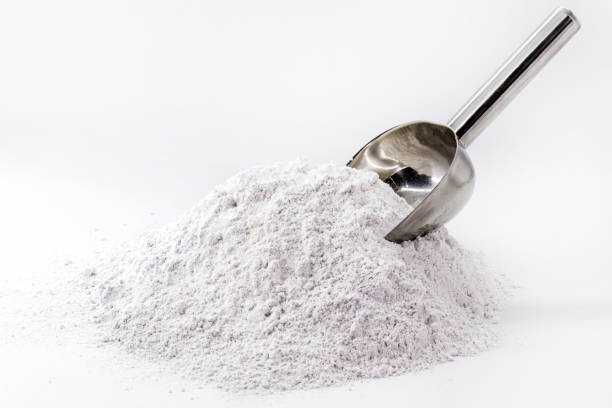
Calcium hydroxide, also known as slaked lime or quicklime, is made by calcining and digesting raw materials such as limestone or oyster shells containing limestone. It is generally in powder form and is widely used in food, medicine, chemical industry, drinking water treatment and other fields.
Since the solubility of calcium hydroxide is much smaller than that of sodium hydroxide and potassium hydroxide, the corrosiveness and alkalinity of its solution are relatively small. Therefore, it can be used as an acidity regulator in food to play a role in buffering, neutralization, and solidification. Food-grade calcium hydroxide has a relatively high activity, a relatively loose structure, high purity, good whiteness, low impurity content, and does not contain harmful elements such as Pb and As.
1. Calcium preparations
There are nearly 200 calcium preparations on the market, including calcium carbonate, calcium citrate, calcium lactate, and calcium gluconate. Calcium hydroxide is widely used as a raw material in the calcium preparation production industry. Among them, calcium gluconate is common. In my country, it is currently produced by fermentation.
2. Milk powder
Calcium hydroxide can be used as an acidity regulator in milk powder (including sweetened milk powder) and cream milk powder and its modulated products, and infant formula. The amount used is appropriate according to production needs.
Because milk powder, especially infant formula milk powder or food, contains a certain amount of different types of proteins, due to the presence of ionized side chains on the surface of proteins, proteins carry a net charge, and these side chains can be titrated.
3. Rice tofu and ice jelly
Use soaked rice, add water, grind into rice slurry, add slaked lime water and stir evenly, heat, and stir until the rice slurry is cooked and thick. Pour the boiled rice slurry into a mold, and after it is completely cooled, you can cut it into small pieces with a knife, and the rice tofu is ready. Among them, slaked lime acts as a coagulant and also provides calcium. Slaked lime also needs to be added during the production of ice jelly, which also acts as a coagulant.
4. Preserved eggs
Slaked lime, soda ash and wood ash are used as raw materials to make a slurry and wrap it on the surface of the egg. After a period of time, it becomes a preserved egg that can be eaten directly through chemical reactions. When protein encounters a strong alkali, it gradually turns into clear water. If the alkaline solution continues to enter the egg through the semipermeable membrane, the alkalinity continues to increase, and the alkaline protein molecules begin to polymerize and the viscosity gradually increases, turning into a gel to form a preserved egg. If the alkali is excessive, it will be detrimental to the quality of the preserved egg.
5. Konjac food
The production and use of konjac gel food by the Chinese people has a history of 2,000 years. The production method is to add 30-50 times the amount of water to konjac flour, stir it into a paste, add 5%-7% calcium hydroxide to konjac flour, mix and solidify it.
6. Sugar production
In the process of sugar production, calcium hydroxide is used to neutralize the acid in the syrup, and then carbon dioxide is introduced to make the remaining calcium hydroxide precipitate and filter out, so as to reduce the sour taste of sugar. It can also combine with sucrose to form sucrose salt, so it can be used for molasses desugaring or sugar refining.
7. Others
Calcium hydroxide can be used as a buffer, neutralizer, and curing agent for beer, cheese, and cocoa products. Due to its pH adjustment and coagulation effects, it can also be used in the synthesis of medicines and food additives, the synthesis of high-tech biomaterials HA, the synthesis of VC phosphates for feed additives, and the synthesis of calcium cyclohexaneate, calcium lactate, calcium citrate, additives for the sugar industry, water treatment, and other high-end organic chemicals. It is helpful for the preparation of acidity regulators and calcium sources such as edible meat semi-finished products, beverage products, and medical enemas.
The calcium hydroxide industry developed early, and its annual output can reach more than 10 million tons. It is mainly produced in the UK, the US, and Germany, and Japan and South Korea mainly produce high purity and high whiteness.

